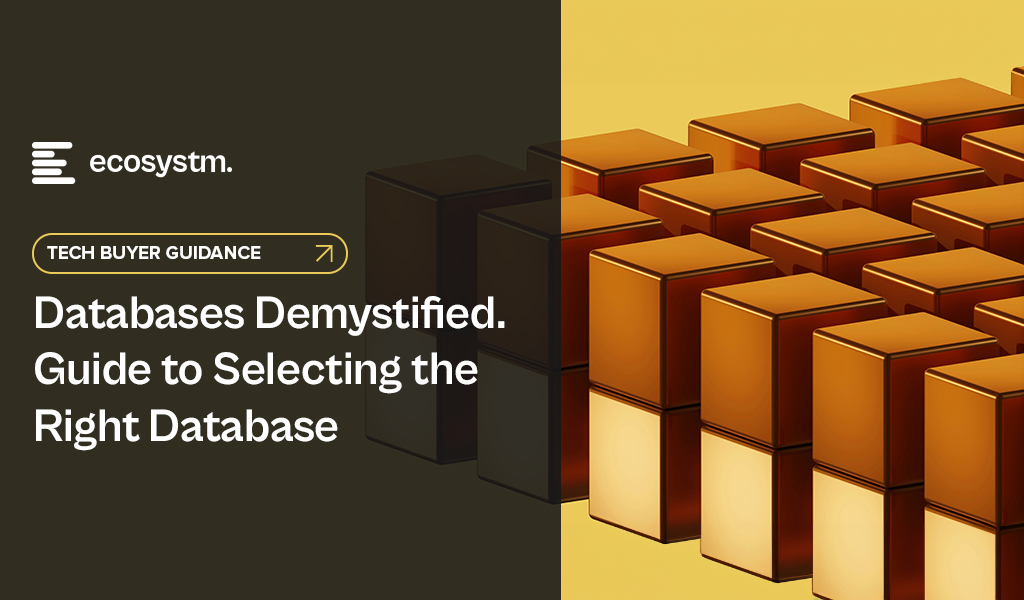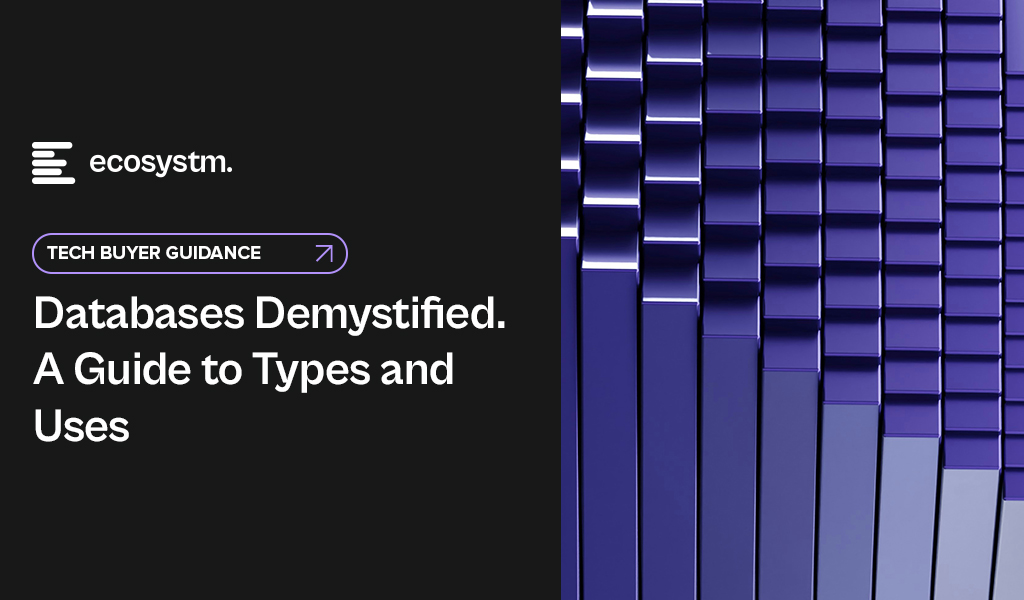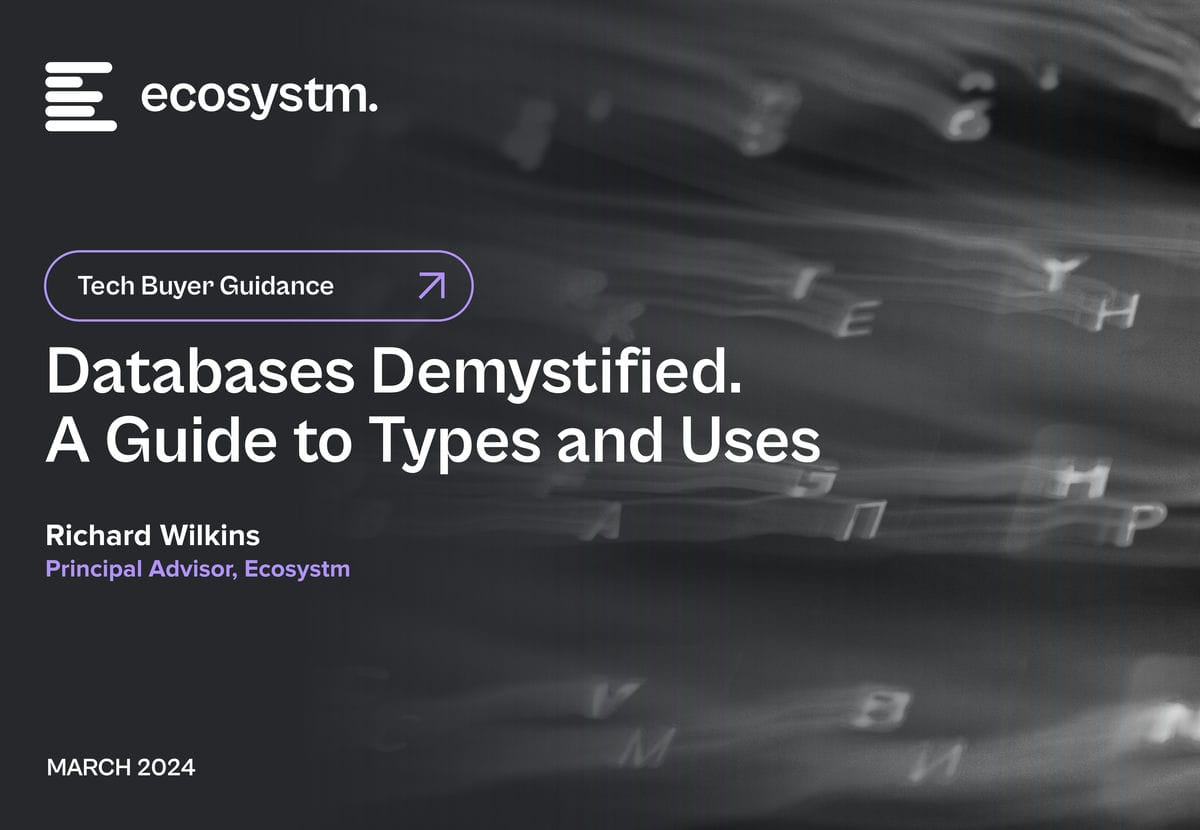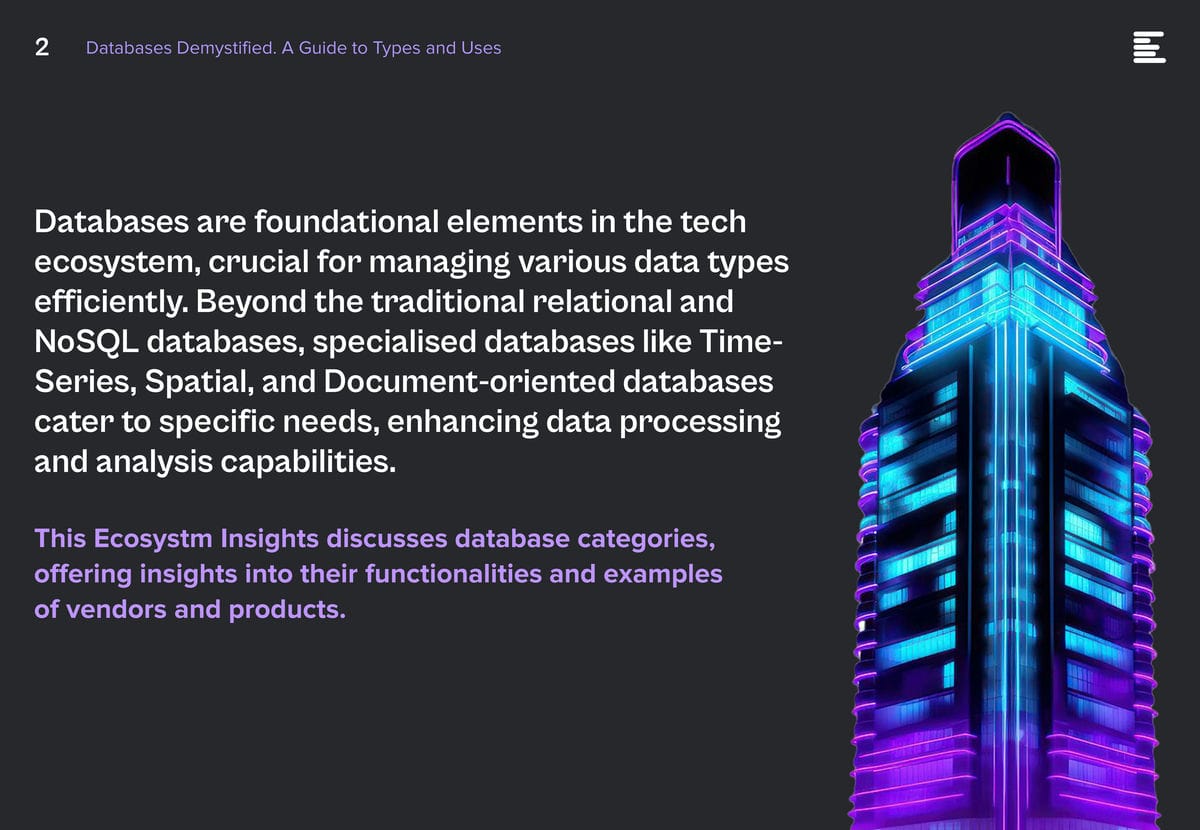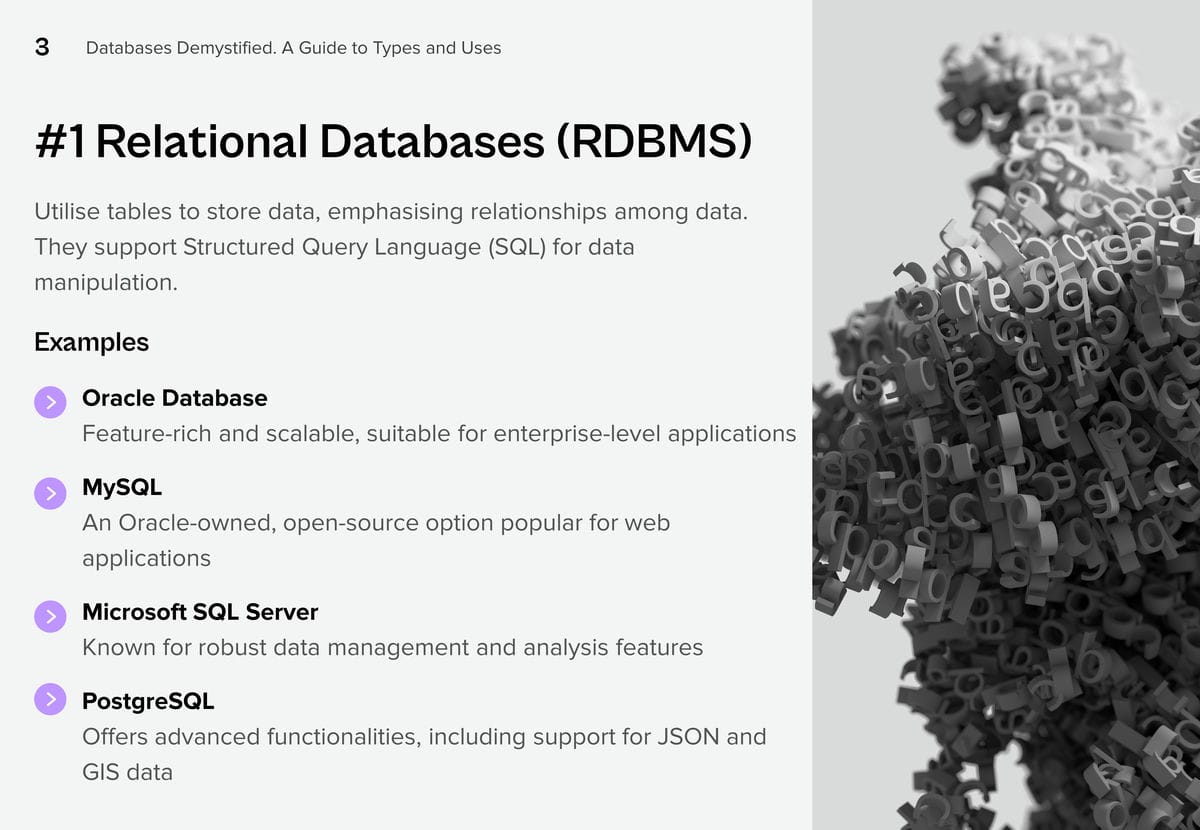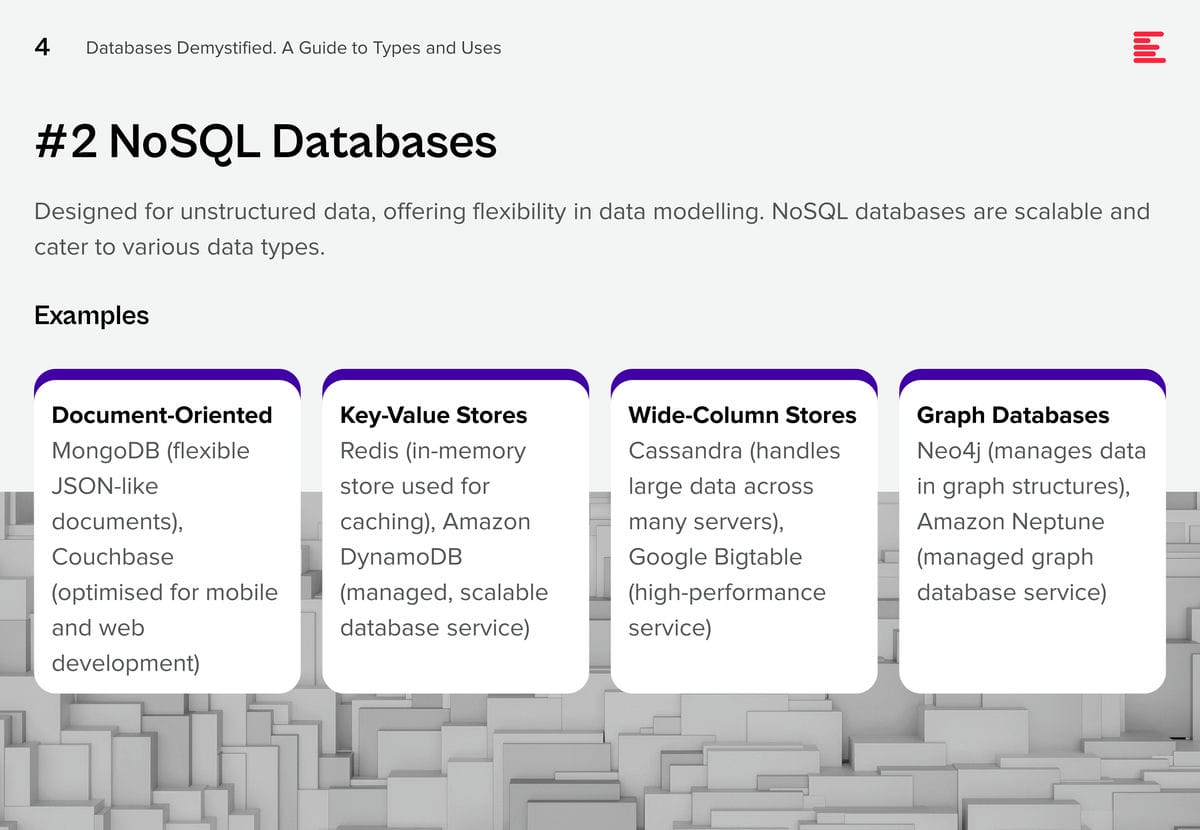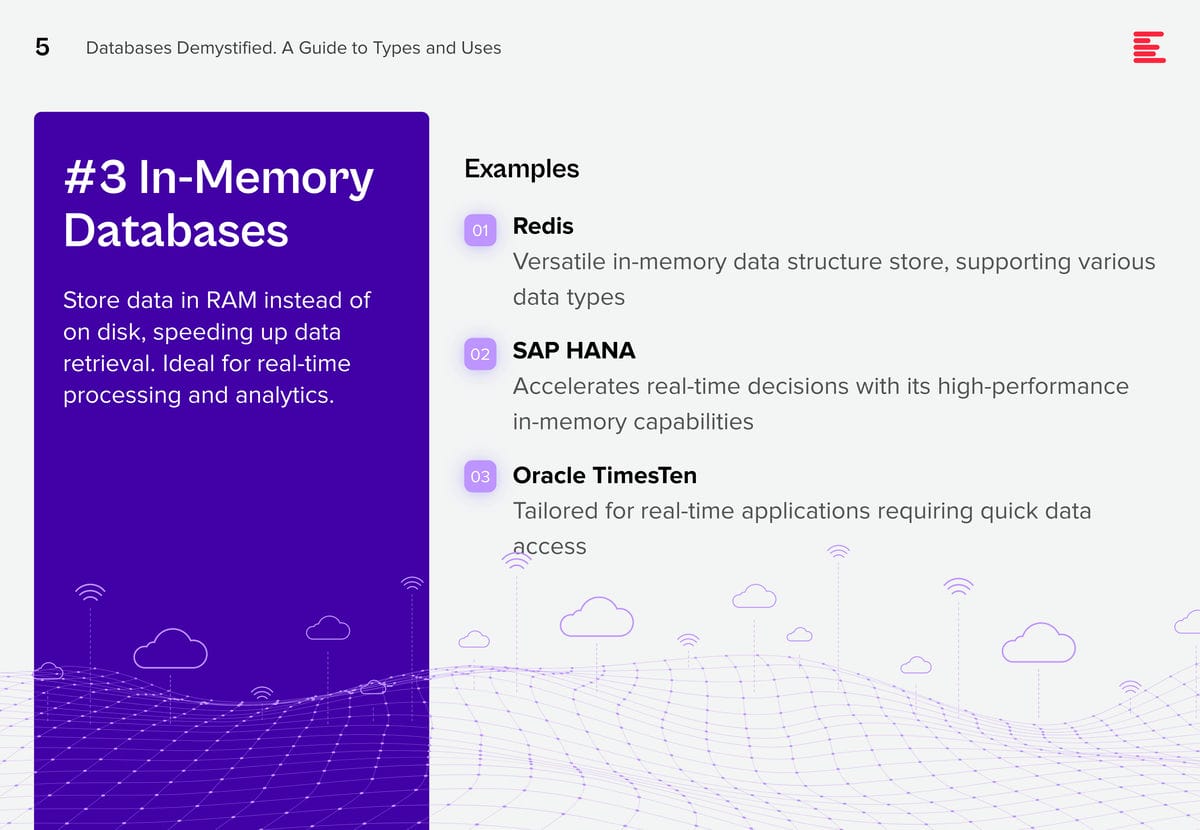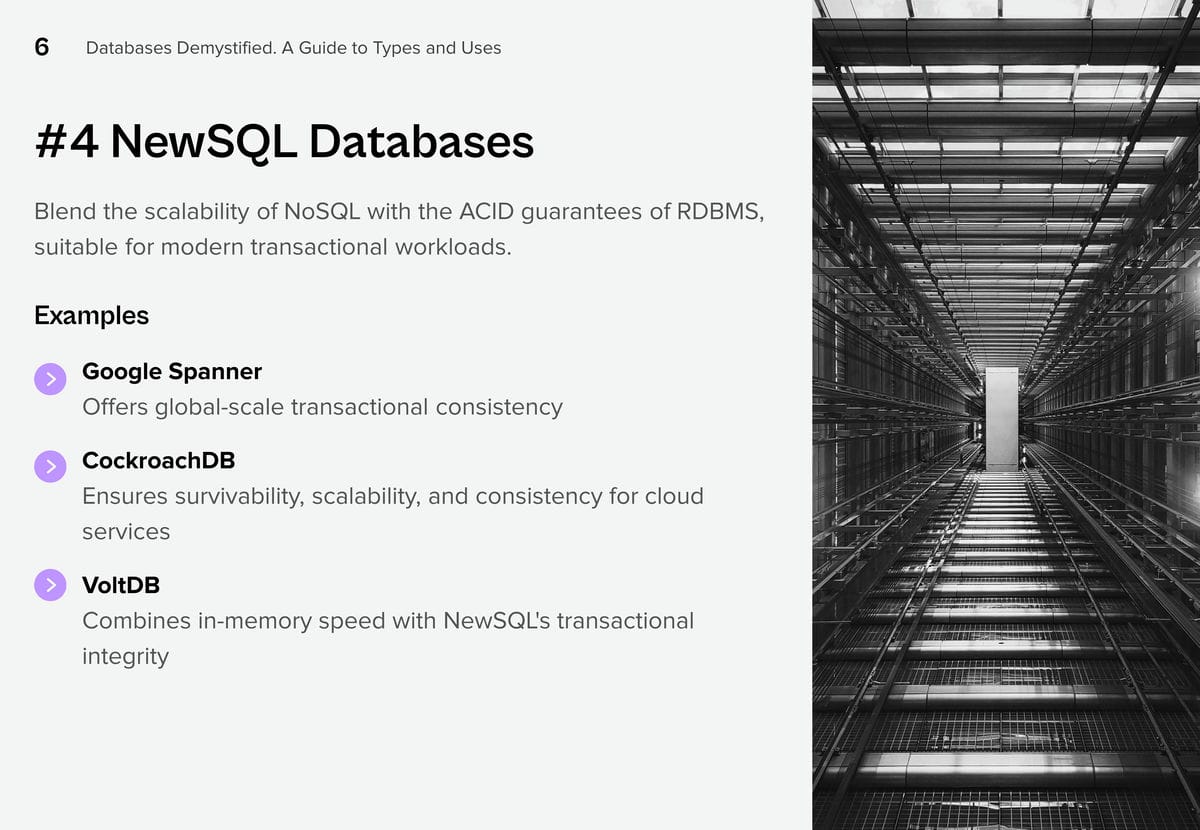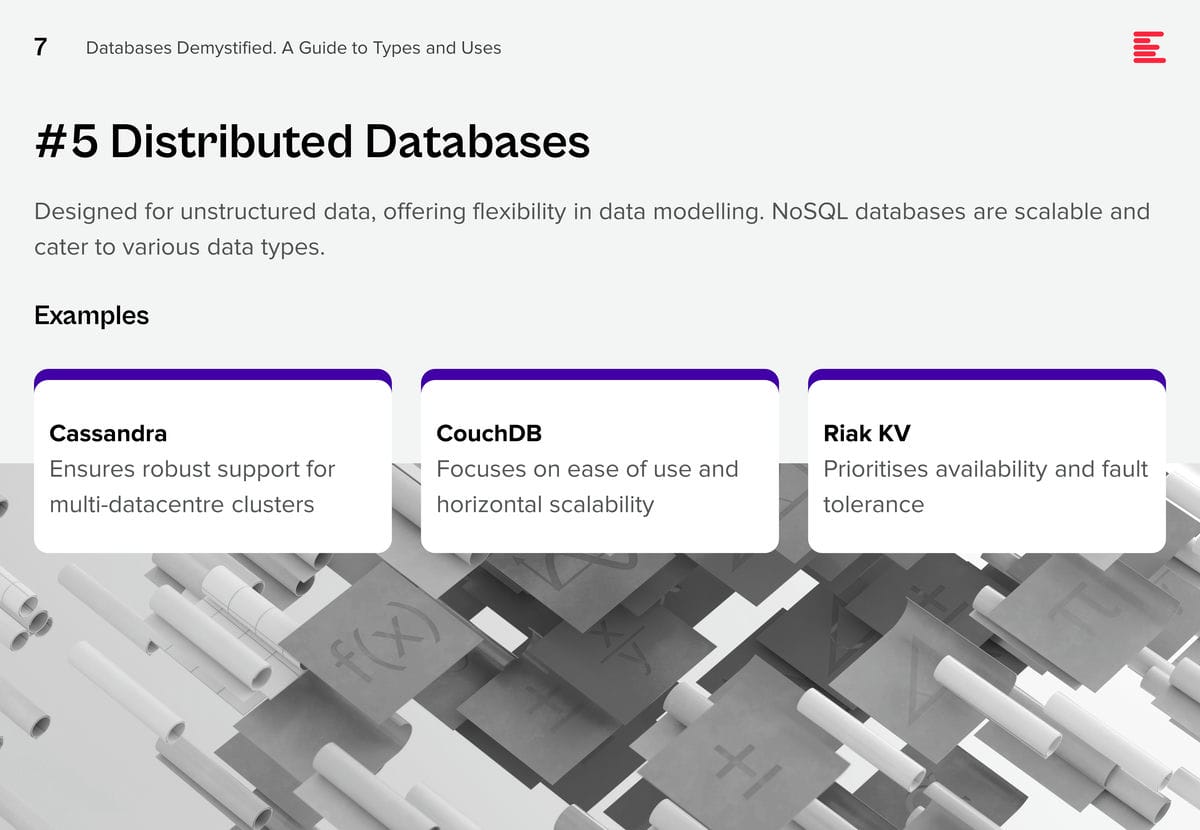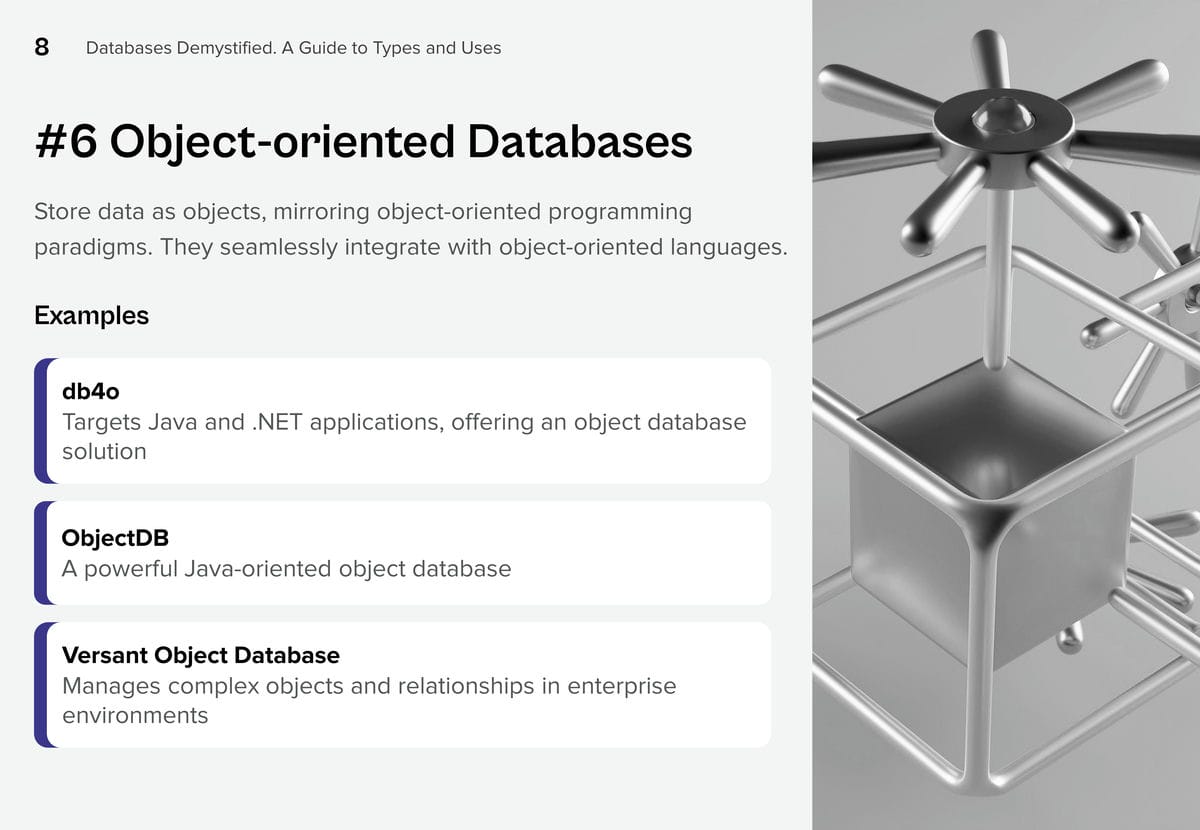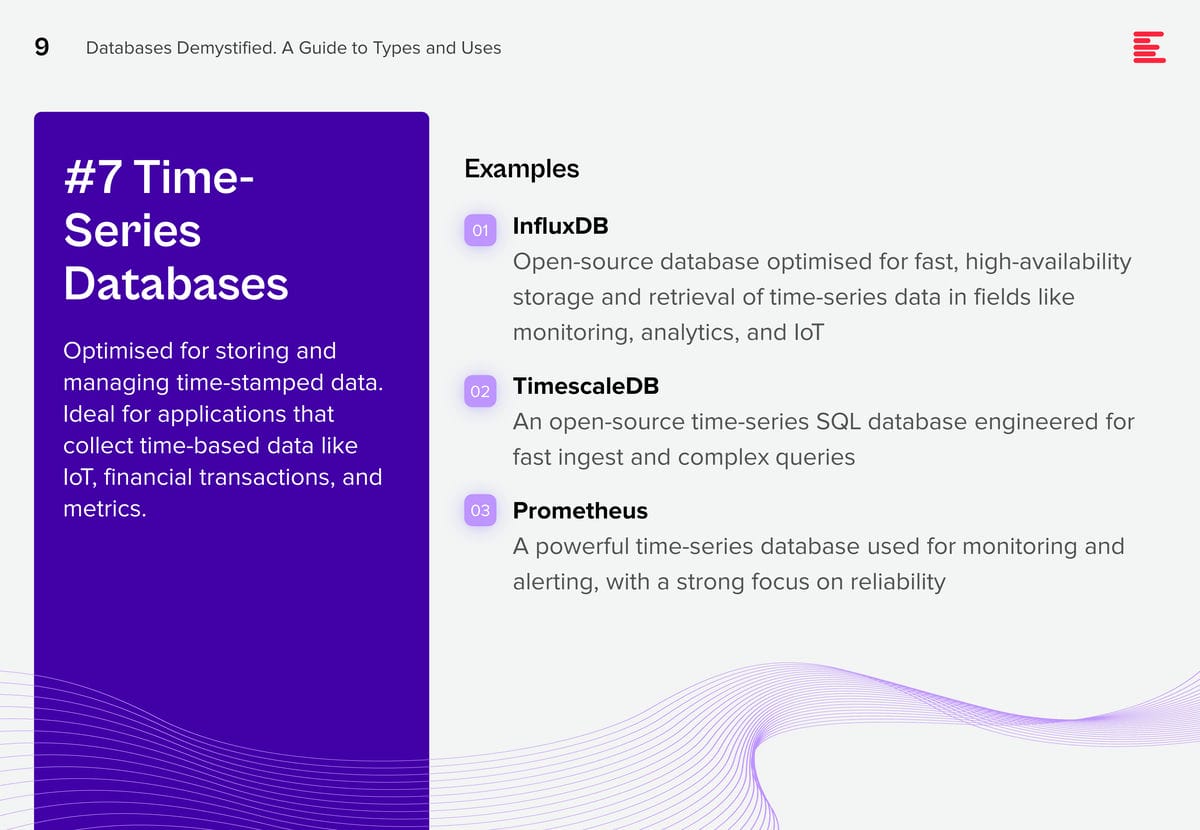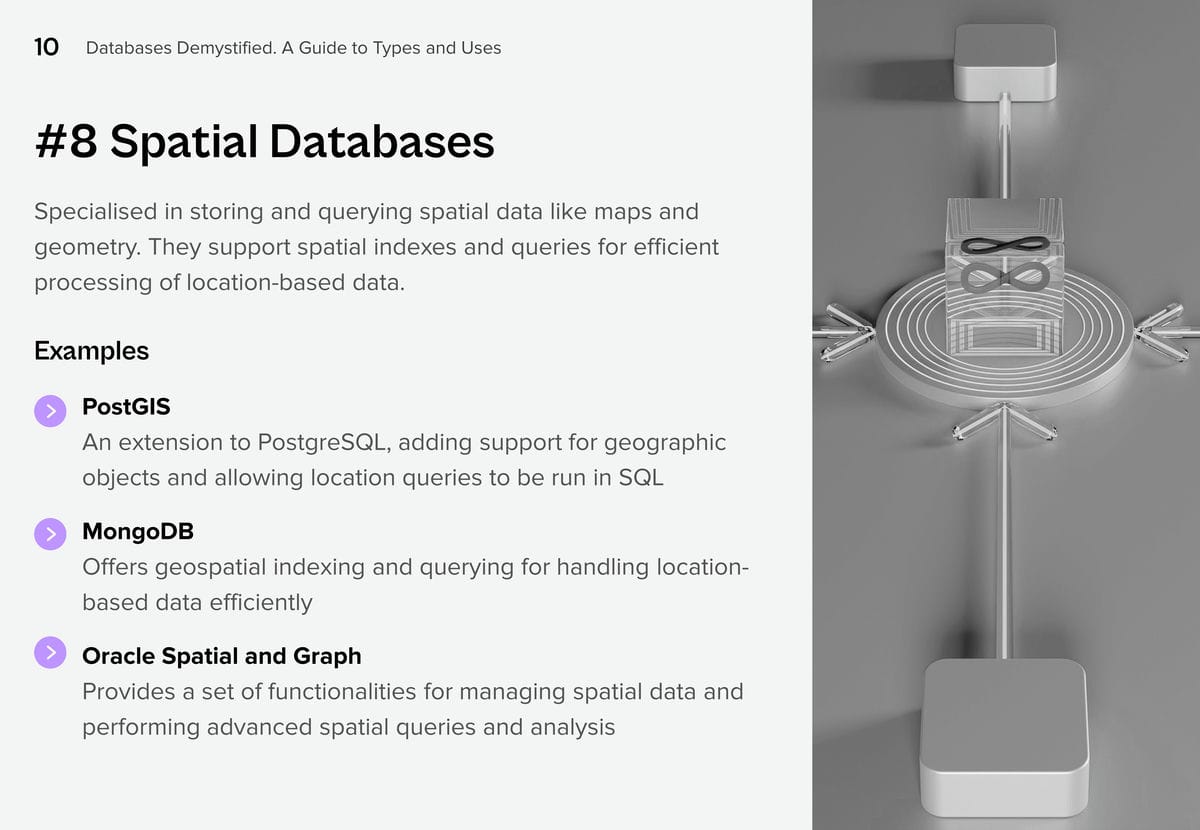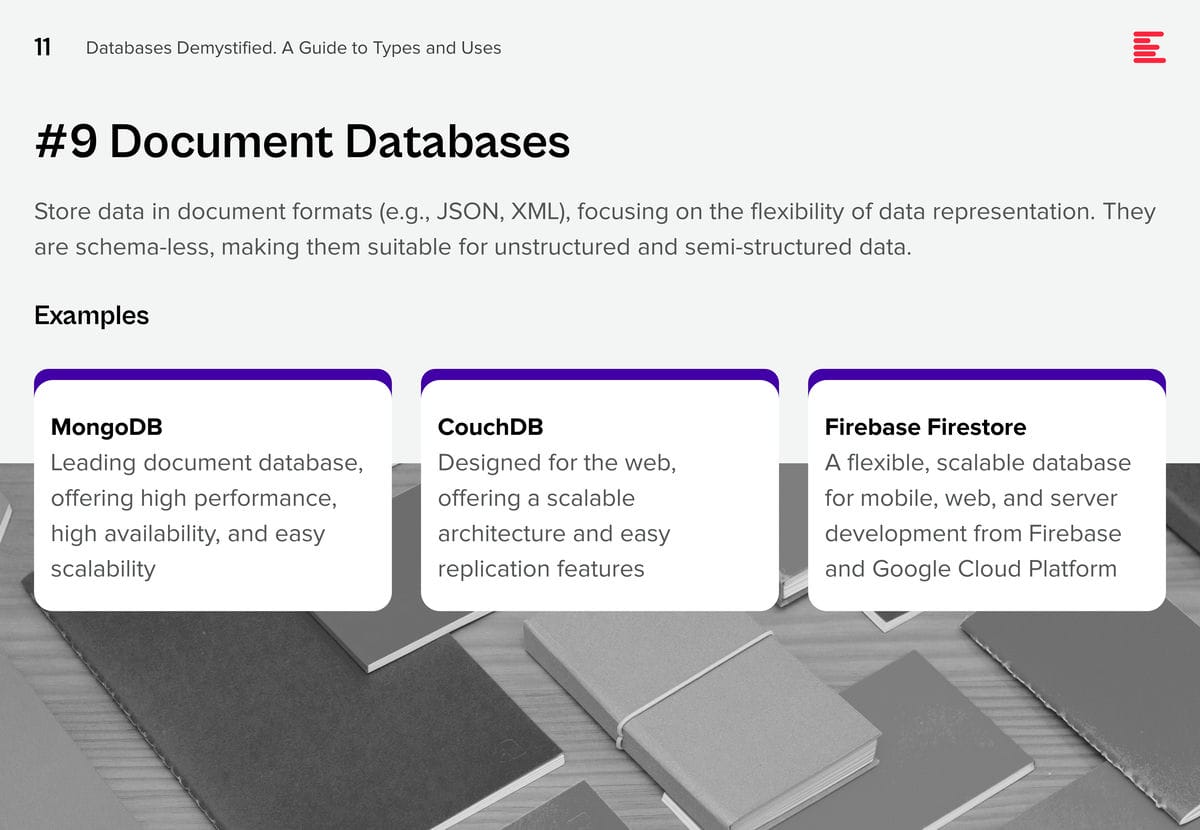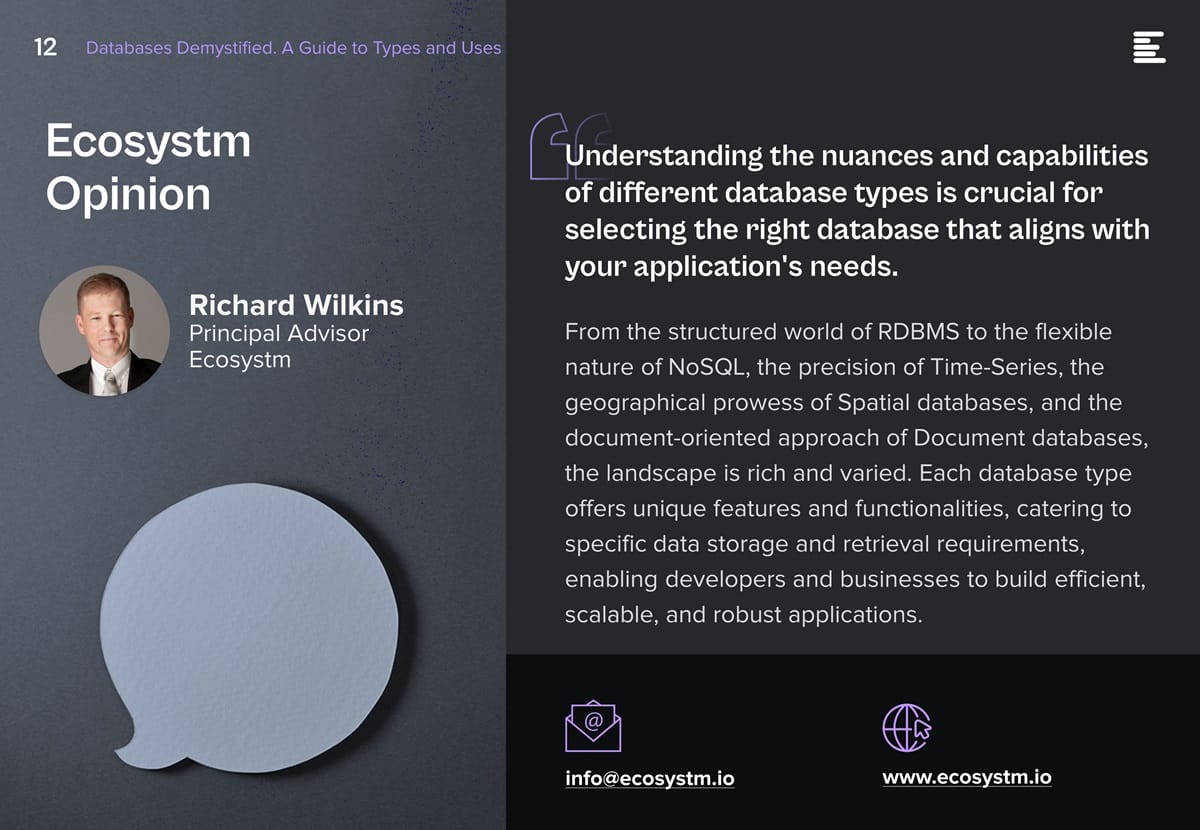In my last Ecosystm Insights, I outlined various database options available to you. The challenge lies in selecting the right one. Selecting the right database is crucial for the success of any application or project. It involves understanding your data, the operations you’ll perform, scalability requirements, and more. Here is a guide that will walk you through key considerations and steps to choose the most suitable database from the list I shared last week.
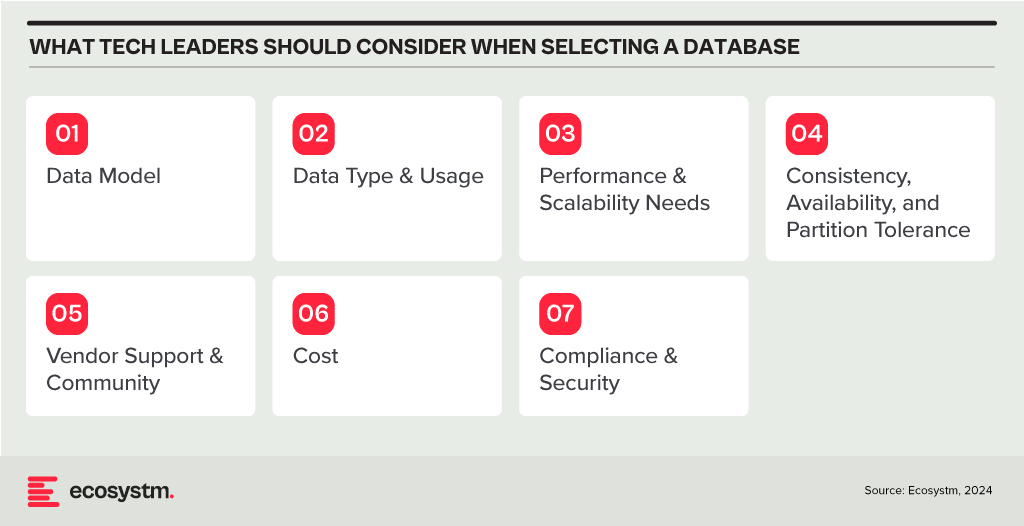
Understand Your Data Model
Relational (RDBMS) vs. NoSQL. Choose RDBMS if your data is structured and relational, requiring complex queries and transactions with ACID (Atomicity, Consistency, Isolation, Durability) properties. Opt for NoSQL if you have unstructured or semi-structured data, need to scale horizontally, or require flexibility in your schema design.
Consider the Data Type and Usage
Document Databases are ideal for storing, retrieving, and managing document-oriented information. They’re great for content management systems, ecommerce applications, and handling semi-structured data like JSON, XML.
Key-Value Stores shine in scenarios where quick access to data is needed through a key. They’re perfect for caching and storing user sessions, configurations, or any scenario where the lookup is based on a unique key.
Wide-Column Stores offer flexibility and scalability for storing and querying large volumes of data across many servers, suitable for big data applications, real-time analytics, and high-speed transactions.
Graph Databases are designed for data intensely connected through relationships, ideal for social networks, recommendation engines, and fraud detection systems where relationships between data points are key.
Time-Series Databases are optimised for storing and querying sequential data points indexed in time order. Use them for monitoring systems, IoT applications, and financial trading systems where time-stamped data is critical.
Spatial Databases support spatial data types and queries, making them suitable for geographic information systems (GIS), location-based services, and applications requiring spatial indexing and querying capabilities.
Assess Performance and Scalability Needs
In-Memory Databases like Redis offer high throughput and low latency for scenarios requiring rapid access to data, such as caching, session storage, and real-time analytics.
Distributed Databases like Cassandra or CouchDB are designed to run across multiple machines, offering high availability, fault tolerance, and scalability for applications with global reach and massive scale.
Evaluate Consistency, Availability, and Partition Tolerance (CAP Theorem)
Understand the trade-offs between consistency, availability, and partition tolerance. For example, if your application requires strong consistency, consider databases that prioritise consistency and partition tolerance (CP) like MongoDB or relational databases. If availability is paramount, look towards databases that offer availability and partition tolerance (AP) like Cassandra or CouchDB.
Other Considerations
Check for Vendor Support and Community. Evaluate the support and stability offered by vendors or open-source communities. Established products like Oracle Database, Microsoft SQL Server, and open-source options like PostgreSQL and MongoDB have robust support and active communities.
Cost. Consider both initial and long-term costs, including licenses, hardware, maintenance, and scalability. Open-source databases can reduce upfront costs, but ensure you account for support and operational expenses.
Compliance and Security. Ensure the database complies with relevant regulations (GDPR, HIPAA, etc.) and offers robust security features to protect sensitive data.
Try Before You Decide. Prototype your application with shortlisted databases to evaluate their performance, ease of use, and compatibility with your application’s requirements.
Conclusion
Selecting the right database is a strategic decision that impacts your application’s functionality, performance, and scalability. By carefully considering your data model, type of data, performance needs, and other factors like cost, support, and security, you can identify the database that best fits your project’s needs. Always stay informed about the latest developments in database technologies to make educated decisions as your requirements evolve.

Databases are foundational elements in the tech ecosystem, crucial for managing various data types efficiently. Beyond the traditional relational and NoSQL databases, specialised databases like Time-Series, Spatial, and Document-oriented databases cater to specific needs, enhancing data processing and analysis capabilities. This Ecosystm Insights discusses database categories, offering insights into their functionalities and examples of vendors and products.
Click here to download ‘Databases Demystified – A Guide to Types and Uses’ as a PDF.
Here is a run down of the kinds of databases and their uses for a quick reference.
Relational Databases (RDBMS)
Utilise tables to store data, emphasising relationships among data. They support Structured Query Language (SQL) for data manipulation.
Examples.
- Oracle Database. Feature-rich and scalable, suitable for enterprise-level applications
- MySQL. An Oracle-owned, open-source option popular for web applications
- Microsoft SQL Server. Known for robust data management and analysis features
- PostgreSQL. Offers advanced functionalities, including support for JSON and GIS data
NoSQL Databases
Designed for unstructured data, offering flexibility in data modelling. NoSQL databases are scalable and cater to various data types.
Examples.
- Document-Oriented. MongoDB (flexible JSON-like documents), Couchbase (optimised for mobile and web development)
- Key-Value Stores. Redis (in-memory store used for caching), Amazon DynamoDB (managed, scalable database service)
- Wide-Column Stores. Cassandra (handles large data across many servers), Google Bigtable (high-performance service)
- Graph Databases. Neo4j (manages data in graph structures), Amazon Neptune (managed graph database service).
In-Memory Databases
Store data in RAM instead of on disk, speeding up data retrieval. Ideal for real-time processing and analytics.
Examples.
- Redis. Versatile in-memory data structure store, supporting various data types
- SAP HANA. Accelerates real-time decisions with its high-performance in-memory capabilities
- Oracle TimesTen. Tailored for real-time applications requiring quick data access
NewSQL Databases
Blend the scalability of NoSQL with the ACID guarantees of RDBMS, suitable for modern transactional workloads.
Examples.
- Google Spanner. Offers global-scale transactional consistency
- CockroachDB. Ensures survivability, scalability, and consistency for cloud services
- VoltDB. Combines in-memory speed with NewSQL’s transactional integrity
Distributed Databases
Distribute data across multiple locations to enhance availability, reliability, and scalability.
Examples.
- Cassandra. Ensures robust support for multi-datacentre clusters
- CouchDB. Focuses on ease of use and horizontal scalability
- Riak KV. Prioritises availability and fault tolerance
Object-oriented Databases
Store data as objects, mirroring object-oriented programming paradigms. They seamlessly integrate with object-oriented languages.
Examples.
- db4o. Targets Java and .NET applications, offering an object database solution
- ObjectDB. A powerful Java-oriented object database
- Versant Object Database. Manages complex objects and relationships in enterprise environments
Time-Series Databases
Optimised for storing and managing time-stamped data. Ideal for applications that collect time-based data like IoT, financial transactions, and metrics.
Examples.
- InfluxDB. Open-source database optimised for fast, high-availability storage and retrieval of time-series data in fields like monitoring, analytics, and IoT
- TimescaleDB. An open-source time-series SQL database engineered for fast ingest and complex queries
- Prometheus. A powerful time-series database used for monitoring and alerting, with a strong focus on reliability
Spatial Databases
Specialised in storing and querying spatial data like maps and geometry. They support spatial indexes and queries for efficient processing of location-based data.
Examples.
- PostGIS. An extension to PostgreSQL, adding support for geographic objects and allowing location queries to be run in SQL
- MongoDB. Offers geospatial indexing and querying for handling location-based data efficiently
- Oracle Spatial and Graph. Provides a set of functionalities for managing spatial data and performing advanced spatial queries and analysis
Document Databases
Store data in document formats (e.g., JSON, XML), focusing on the flexibility of data representation. They are schema-less, making them suitable for unstructured and semi-structured data.
Examples.
- MongoDB. Leading document database, offering high performance, high availability, and easy scalability
- CouchDB. Designed for the web, offering a scalable architecture and easy replication features
- Firebase Firestore. A flexible, scalable database for mobile, web, and server development from Firebase and Google Cloud Platform
Conclusion
Understanding the nuances and capabilities of different database types is crucial for selecting the right database that aligns with your application’s needs. From the structured world of RDBMS to the flexible nature of NoSQL, the precision of Time-Series, the geographical prowess of Spatial databases, and the document-oriented approach of Document databases, the landscape is rich and varied. Each database type offers unique features and functionalities, catering to specific data storage and retrieval requirements, enabling developers and businesses to build efficient, scalable, and robust applications.
Look out for my next Ecosystm Insights that will provide guidance on selecting the right database for the right reasons!



